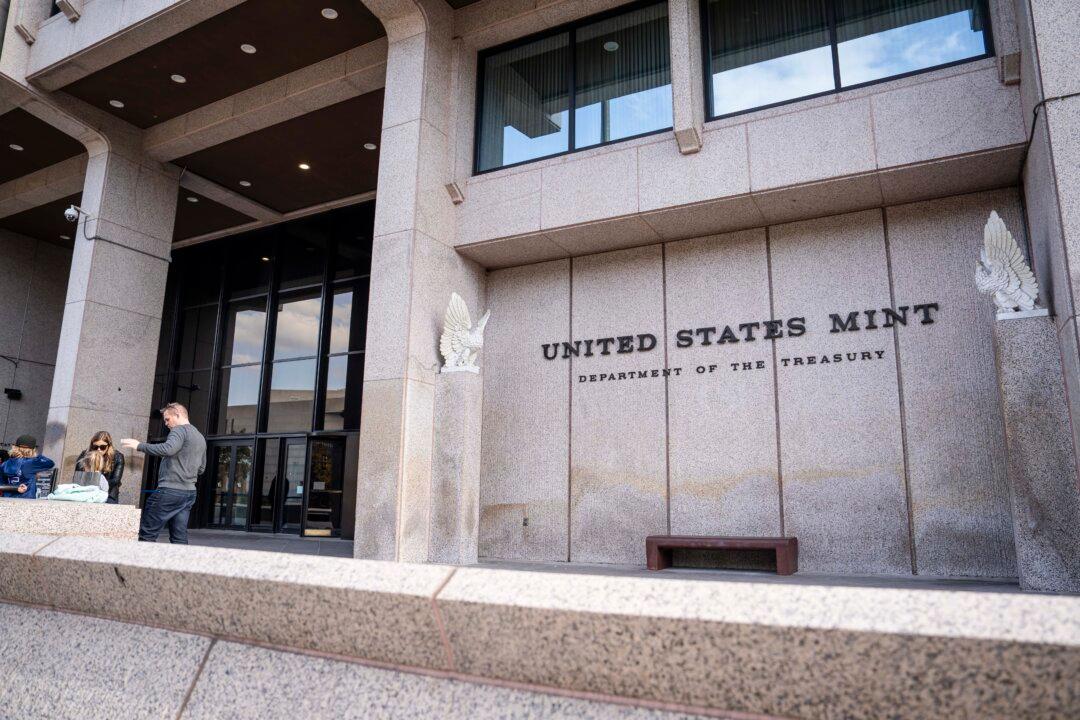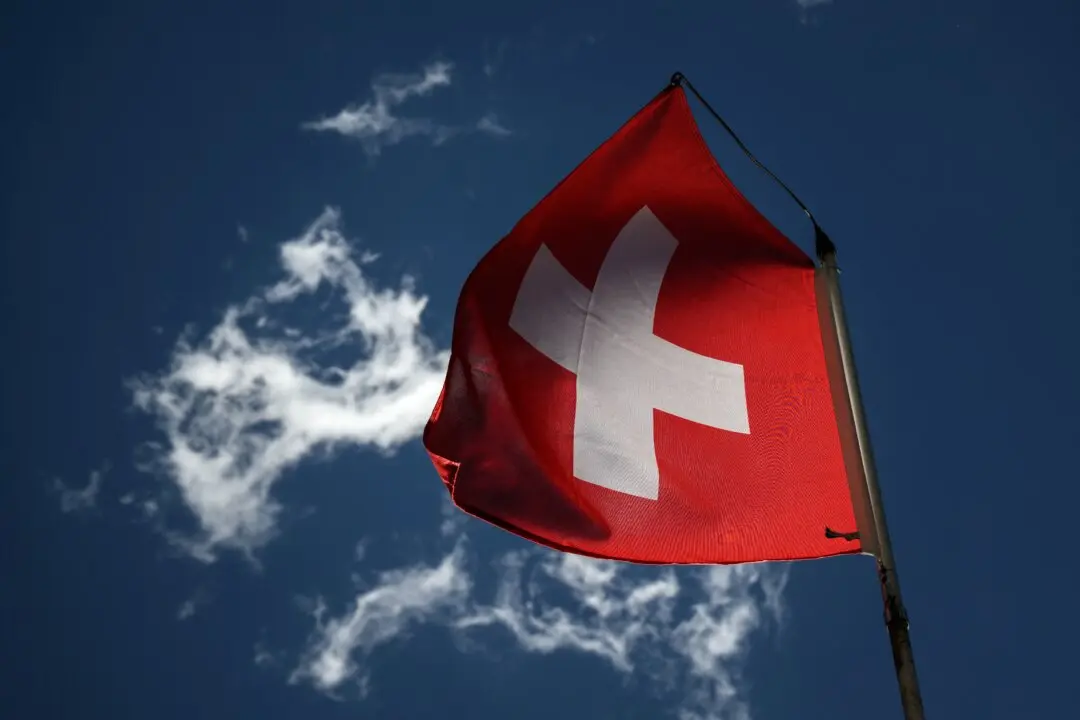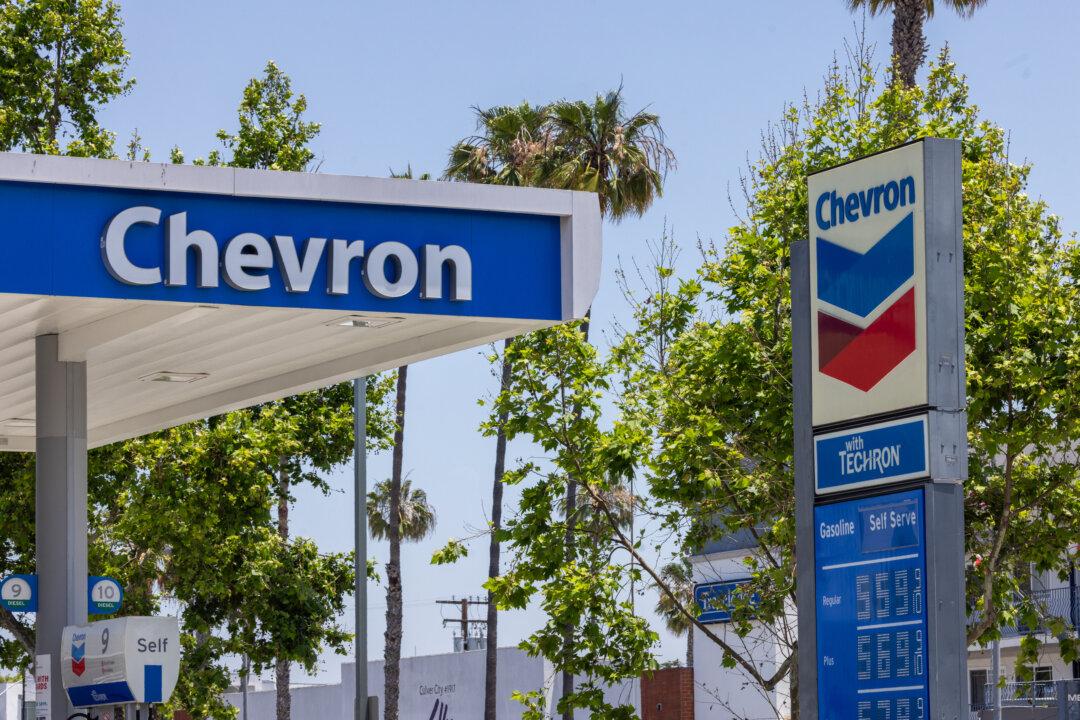Saudi Arabia, the world’s largest crude oil exporter, is considering trading in currencies other than the U.S. dollar, a kingdom official revealed.
Mohammed Al-Jadaan, a Saudi minister of finance, told Bloomberg TV in Davos, Switzerland, on Jan. 17 that officials are open to potentially utilizing other currencies as the energy juggernaut bolsters relations with its strategic partners.





